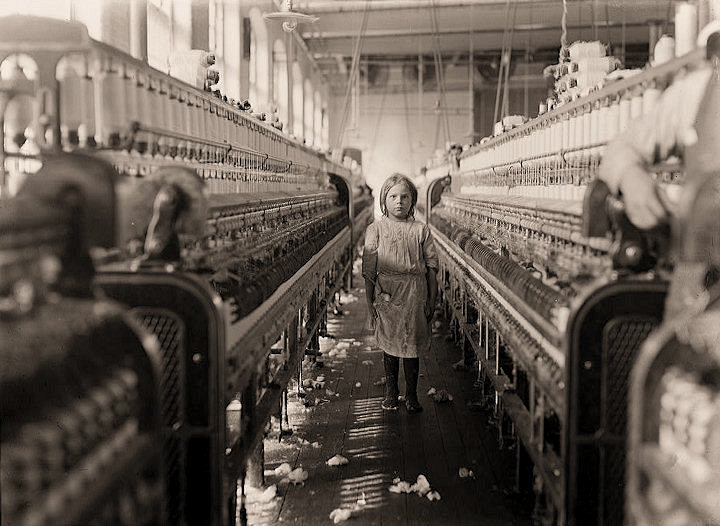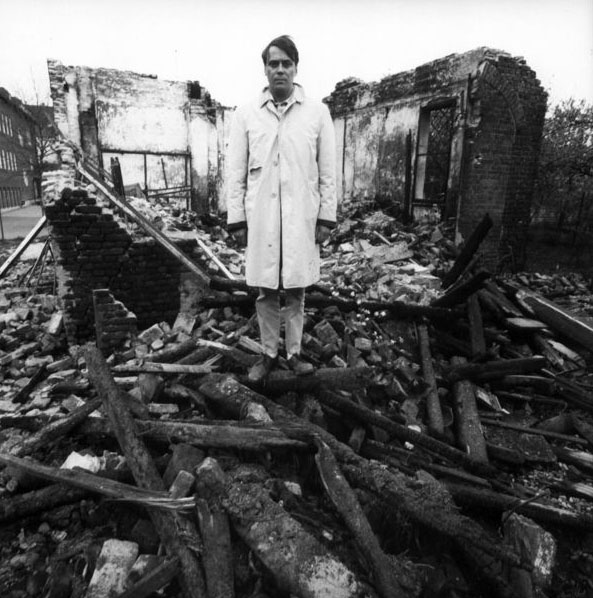Untitled Film Still (#66)
Cindy Sherman is an American photographer, film director and model. She is most famous for her conceptual portraits, these are the images that I have been looking at for my project. A lot of her photographic work looks at the role of women in society and the media. Practically all of her work is self-portraiture which ties in nicely with my approach to my Reality project.
When Sherman graduated from State University College Buffalo she moved to Manhattan, NYC to start her art career. She bought a loft and began taking photographs of herself, the images she took in this loft are the images which are labelled 'Untitled Film Stills'. In the series of film stills Sherman dressed up with different make up, wigs and costumes to recreate B-Movie film stills.
A B-movie is a low budget film which genre changed through the years depending on what was popular; often B movie's are associated with arthouse and pornographic films. Some say that her images are not self portraiture as she only plays with the elements of self-portraiture. The Cindy Sherman website states that 'Sherman plays a type -- not an actual person, but a self-fabricated fictional one.' In a way this is what I plan on doing in my work but to create a portrait is to convey a person, which is what I shall be doing. I shall be creating the members of my family through myself. The work relates in the way that Sherman creates the movie stills through props, wigs, make up etc. and also how she puts herself in a specific place but the ways she creates fictional archetypal characters is not similar to me.
Another way Sherman depicts that these images are not self portraits and portrayals of Cindy Sherman is by using the 'Untitled' captions. When portraits are of people usually they would have the name of the person they are portraying. Instead of this Sherman leaves the decisions down to the viewer. When you see a portrait with no name you don't know who it is. By doing this there is no connection, it also gives the viewer the chance to make up their own ideas of what the image is from and who she is trying to represent through herself.
Her Film Stills work gained her attention and from the images she got the chance to have her first solo show in New York at an exhibition space called The Kitchen. The show was called 'Rear Screen Projections' in relation to how she had shot the images - on a slide projected background in her studio space in Manhattan.
The image above it one of Sherman's film still images, I have chosen this image as I feel it most realtes to what I have found out about her work in the way that the portrays archetypal characters through her imagery. Highlighting issues such as the role of women/ feminism. In this image is Sherman or the character she is playing doing the washing up. In the foreground out of focus you have the saucepan and in focus is Sherman and her washing up liquid, plates and her. She is looking away from the camera which suggests there is something outside of the frame going on but it is left ambiguous as to what she is looking at.


.jpg)











































